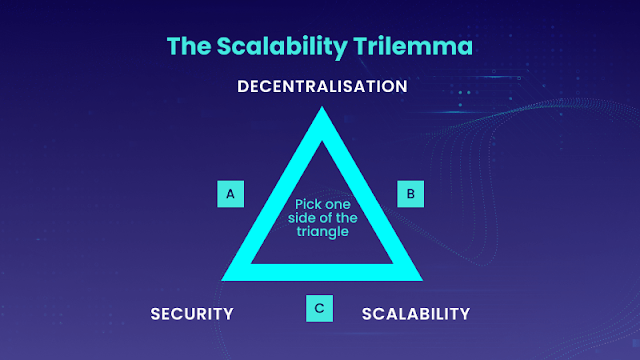Web3 Explained
" A Deep Dive into the World of Decentralized Protocols".
Web3, often dubbed the "decentralized web," is rapidly transforming the digital landscape. It signifies a paradigm shift from the traditional centralized internet to a new era where users have more control over their data, interactions, and online identities.
At its core, Web3 leverages blockchain technology and decentralized protocols to achieve a more democratic and transparent internet ecosystem. Unlike Web2, where centralized platforms collect and control user data, Web3 empowers individuals by allowing them to own their data and participate in decision-making.
Central to Web3's architecture are decentralized protocols that govern interactions across the network. These protocols, built on blockchain technology, eliminate the need for intermediaries and establish trust through consensus mechanisms. Smart contracts, self-executing code on the blockchain, enable automated and secure transactions without relying on a middleman.
One key feature of Web3 is the concept of digital sovereignty. Users gain greater control over their personal data, deciding who has access to it and how it's used. This stands in stark contrast to the data-harvesting practices of Web2 platforms, which have raised concerns about privacy and security.
Blockchain's immutability ensures that data stored on the network remains tamper-proof and verifiable. This is especially significant in areas like supply chain management, where transparency and traceability are crucial.
Decentralized applications (dApps) are a hallmark of Web3. These applications run on blockchain networks and provide various services without the need for a central authority. For instance, decentralized finance (DeFi) applications offer financial services like lending, borrowing, and trading with increased accessibility and inclusivity.
Web3 also introduces the concept of decentralized autonomous organizations (DAOs). These are organizations governed by smart contracts, enabling decentralized decision-making and resource allocation. DAOs have the potential to revolutionize traditional organizational structures.
Interoperability is another vital aspect of Web3. Different blockchains and protocols need to communicate seamlessly to unlock the full potential of a decentralized internet. Projects like Polkadot and Cosmos are working towards achieving this interoperability, enabling cross-chain communication and collaboration.
However, Web3 is not without its challenges. Scalability, energy consumption, and user experience are areas that need continual improvement. As more users engage with decentralized networks, addressing these concerns becomes crucial for mainstream adoption.
In conclusion, Web3 represents a transformative shift towards a decentralized and user-centric internet. With its foundation on blockchain and decentralized protocols, it offers increased control over data, new economic models, and the potential to reshape how organizations operate. As the Web3 ecosystem continues to evolve, collaboration among developers, regulators, and users will be essential to realizing its full potential and addressing its challenges.








Comments
Post a Comment